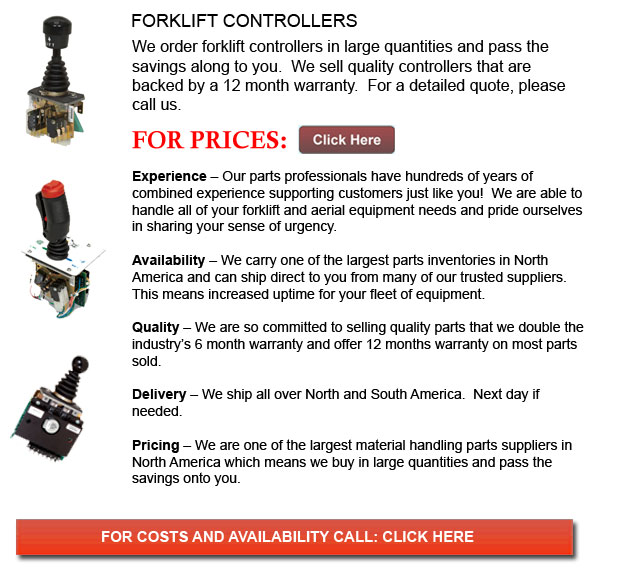
Forklift Controller - Forklifts are available in various load capacities and a variety of models. Most lift trucks in a typical warehouse situation have load capacities between 1-5 tons. Bigger scale models are used for heavier loads, like for instance loading shipping containers, can have up to 50 tons lift capacity.
The operator could use a control in order to raise and lower the tines, which are also called "forks or tines." The operator could even tilt the mast in order to compensate for a heavy load's propensity to tilt the blades downward to the ground. Tilt provides an ability to function on bumpy surface also. There are annual contests intended for skilled forklift operators to compete in timed challenges and obstacle courses at regional forklift rodeo events.
Forklifts are safety rated for cargo at a particular utmost weight as well as a specified forward center of gravity. This essential info is supplied by the maker and situated on a nameplate. It is vital loads do not go beyond these details. It is against the law in numerous jurisdictions to interfere with or remove the nameplate without getting permission from the lift truck maker.
Nearly all lift trucks have rear-wheel steering so as to enhance maneuverability. This is particularly helpful within confined areas and tight cornering spaces. This particular type of steering varies quite a little from a driver's initial experience with different vehicles. For the reason that there is no caster action while steering, it is no required to utilize steering force so as to maintain a constant rate of turn.
Unsteadiness is another unique characteristic of lift truck operation. A constantly varying centre of gravity occurs with every movement of the load amid the lift truck and the load and they must be considered a unit during use. A lift truck with a raised load has gravitational and centrifugal forces which can converge to result in a disastrous tipping accident. To be able to avoid this possibility, a lift truck should never negotiate a turn at speed with its load elevated.
Forklifts are carefully designed with a cargo limit for the blades. This limit is lowered with undercutting of the load, that means the load does not butt against the fork "L," and also decreases with blade elevation. Generally, a loading plate to consult for loading reference is located on the lift truck. It is unsafe to utilize a forklift as a worker hoist without first fitting it with specific safety tools like for example a "cage" or "cherry picker."
Forklift utilize in distribution centers and warehouses
Forklifts are an essential part of distribution centers and warehouses. It is vital that the work situation they are located in is designed to accommodate their safe and efficient movement. With Drive-In/Drive-Thru Racking, a lift truck has to go within a storage bay which is multiple pallet positions deep to set down or take a pallet. Operators are often guided into the bay through rails on the floor and the pallet is located on cantilevered arms or rails. These confined manoeuvres require trained operators in order to do the job safely and efficiently. Because every pallet needs the truck to go into the storage structure, damage done here is more frequent than with other types of storage. Whenever designing a drive-in system, considering the size of the tine truck, including overall width and mast width, have to be well thought out to be able to guarantee all aspects of an effective and safe storage facility.
![]() Click to Download the pdf
Click to Download the pdf
Forklift Parts
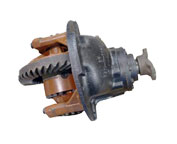
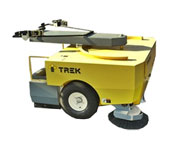
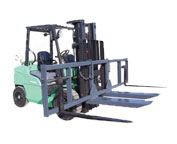
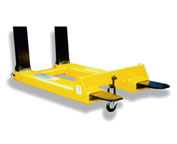
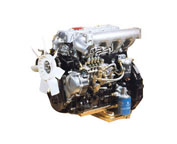
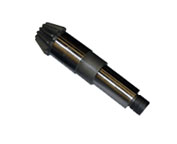
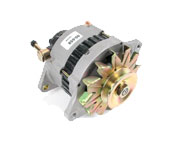
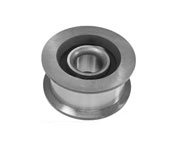
Lift Parts Express
TOLL FREE: 1-888-695-7994
Texas City, Texas
forkliftpartstexascity.com
Email Us
About Us


